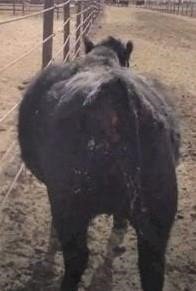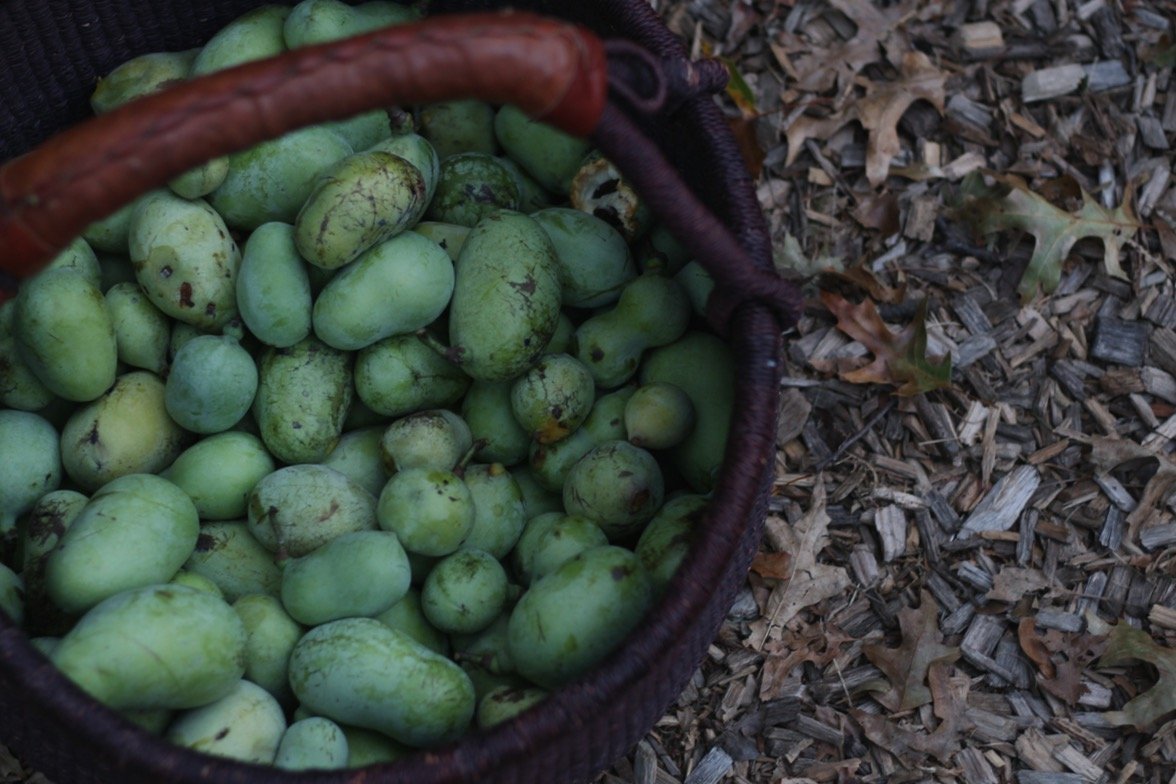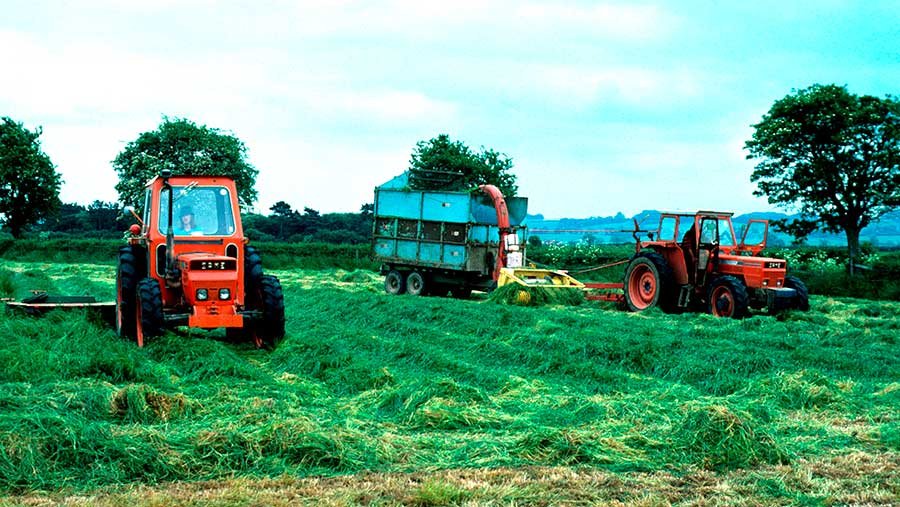Disclosure: AFN’s mum or dad firm, AgFunder, is an investor in Root AI and Tevel.
Final week, New York vertical farming firm Bowery introduced that it had acquired Mountain View, California-based ag robotics startup Traptic for an undisclosed sum.
- Based in 2016, Traptic has developed “big farming robots” that use a mixture of AI, laptop imaginative and prescient, and robotics applied sciences to reap delicate crops.
- The robots have been initially constructed to be used in open-field settings; Bowery will probably be “the primary indoor farming firm to make use of Traptic expertise,” it mentioned in a press launch.
- It added that Traptic’s tech will “speed up the commercialization of [Bowery’s] fruiting and vine crops,” together with strawberries particularly.
- Traptic’s group will be part of Bowery, and its co-founder and CEO Lewis Anderson will turn into the vertical farming agency’s senior director of robotics options – reporting to vice chairman of robotics and automation, Justin Frankert.
- Collaborative Fund, Homebrew Ventures, and K9 Ventures are among the many buyers to have beforehand backed Traptic.
Right here, AFN breaks down what the deal means for Bowery – and the broader indoor ag house.
On background:
Bowery claims to be the most important vertical farming firm within the US. Its leafy greens are stocked by “main e-commerce platforms and greater than 800 grocery shops” — primarily on the East Coast — together with Acme, Amazon Contemporary, Large Meals, Safeway, Wakefern, Walmart, Weis, and Entire Meals.
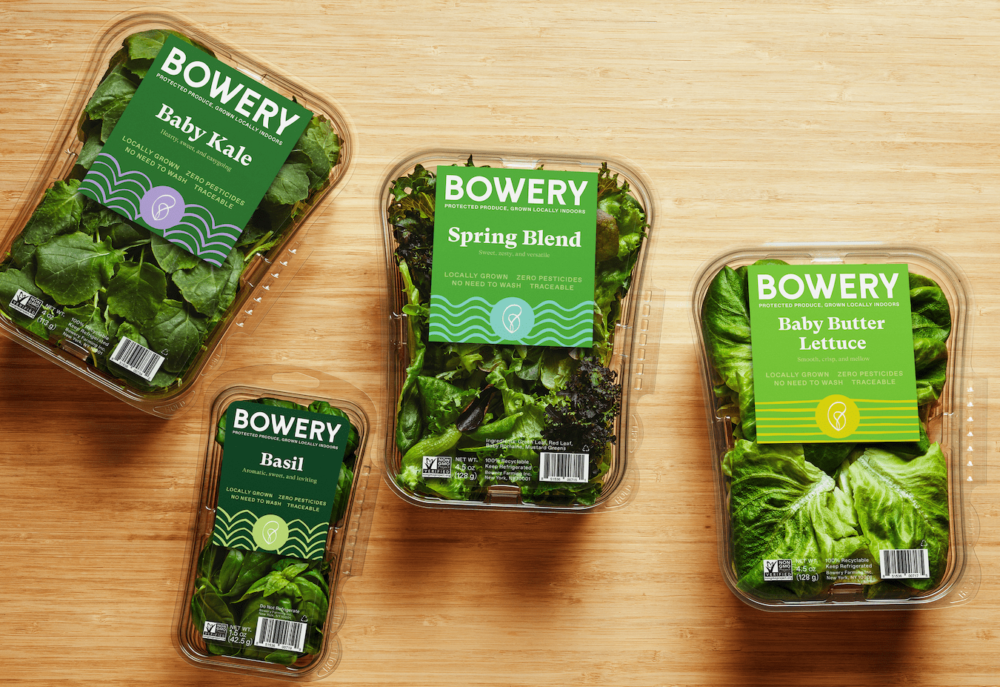
It was reportedly valued at $2.3 billion following its $300 million Sequence C elevate in Might 2021, which was mentioned to be the largest-ever funding spherical for an indoor farming firm on the time (San Francisco-based competitor Lots seems to have smashed that report when it raised $400 million for its Sequence E spherical final month.)
Following an extra $150 million fundraise within the type of a credit score facility final month, Bowery is aiming to develop its product vary past leafy greens to incorporate strawberries, tomatoes, and different “delicate” crops. The acquisition of Traptic is particularly aligned with this technique.
Why it issues:
Managed atmosphere agriculture (CEA) makes use of assorted applied sciences to create optimum rising situations and maximize yields.
- Robots could also be most well-liked to human laborers as they’ll function within the a lot tighter areas related to vertical farms, always of day, are typically extra constant, and include a decrease contamination threat (many CEA setups attempt to decrease the presence of overseas microbes and different contaminants in an effort to protect plant well being and cut back reliance on chemical inputs.)
- Additionally they overcome the problem of sourcing certified labor, which is briefly provide throughout the agriculture sector.
CEA operations could develop a few of their tech in-house (for its half, Bowery has constructed its personal automation and farm administration platform, BoweryOS, which it describes as “the central nervous system of the enterprise.”) For different options, they’ll flip to M&A in an effort to carry within the tech they want – as is the case with Traptic.
One other notable instance of the latter is greenhouse operator AppHarvest‘s April 2021 acquisition of Root AI, a builder of harvesting robots.
Nevertheless, Root AI’s robots have been initially designed to work indoors; Traptic’s have been constructed for open discipline harvesting.
However the attraction of Traptic would appear to be extra about particular elements of its expertise, somewhat than the completed article that has been demoed.
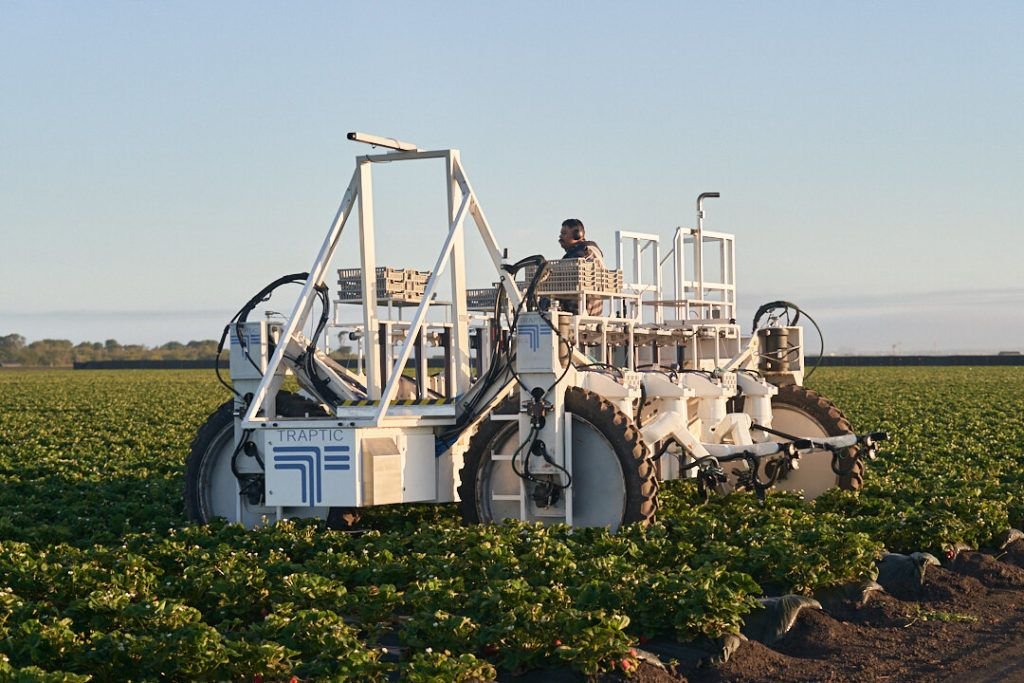
Talking to AFN, Bowery chief expertise officer Injong Rhee highlighted the dexterity and precision of Traptic’s robots, that are enabled by their heightened capabilities in “3D localization and pathing.”
“Their robotic arms are sort of off-the-shelf commodity arms. However they custom-made them, including 3D cameras and gripper tech which permits them to select strawberries with out damaging fruits and leaves,” he defined.
“This has a whole lot of purposes; it’s not only for selecting berries,” he added. “For lots of fruiting crops, it additionally can be utilized to pollinate strawberries for example [as it can] determine flowers simply.”
The larger image:
A number of commentators have prompt that CEA has entered a ‘trough of disillusionment,’ with most of the sector’s most well-capitalized gamers but to make a major dent on meals provides regardless of a decade or extra of considerable funding from VCs and, extra just lately, public market buyers.
Because it went public by SPAC merger one yr in the past, AppHarvest’s efficiency has been underwhelming; whereas US vertical farm operator AeroFarms and SPAC Spring Valley cancelled their $1.2 billion merger in October, deeming it “not in the most effective pursuits of our shareholders.”
The purpose has been made that indoor ag firms are attempting to succeed at a number of very various things directly — crop yield optimization, product distribution, and tech growth — every requiring completely different experience and techniques.
M&A can supply a extra expeditious path to constructing capabilities in a few of these areas, whereas permitting the enterprise to focus present inside assets on the others.
By the numbers:
In 2020 — the latest yr for which AgFunder has full knowledge — enterprise funding into farm robotics startups noticed a major enhance.
- In whole, $212 million was invested within the Farm Robotics, Mechanization & Gear class, representing 15% development over 2019. The class’s median deal dimension additionally grew by 22% – indicative that greater checks have been being minimize as a number of startups matured into later-stage firms.
- Among the largest VC offers within the class in 2020 included Israeli fruit-picking drone startup Tevel‘s $20 million elevate; and the $16 million Sequence A spherical for France’s Naïo Applied sciences, which builds weeding robots.
- Bowery itself secured H1 2021’s largest VC deal within the Novel Farming Methods class, which incorporates CEA. As talked about above, it raised $300 million from buyers together with Constancy, Gaingels, Normal Catalyst, GGV Capital, Temasek, and Google affiliate GV in Might.







